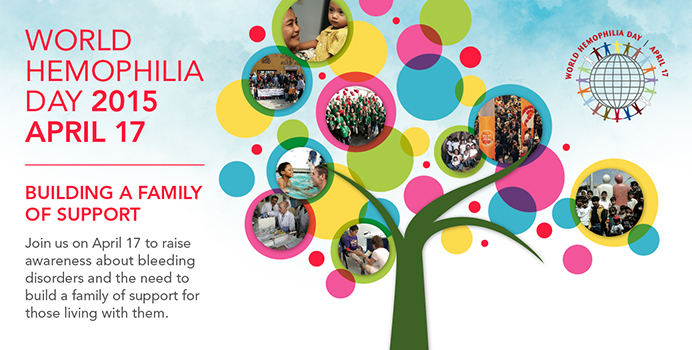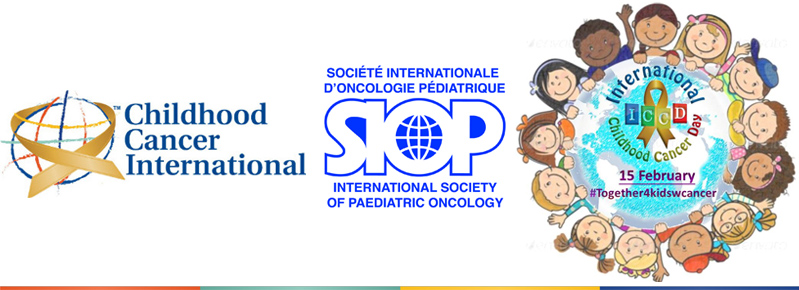
Today is International Childhood Cancer Day which highlights the need for concerted global actions to address the growing challenge posed by this non-communicable disease. Globally, childhood and adolescent cancer is threatening to overtake infectious diseases, as one of the highest causes of disease-related mortality in children.
It is a day when we come together to continue the work to “Advance Cures and Transform Care” and to make childhood cancer a national and global child health priority.
Much work remains to be done. According to IARC (2015), the reported worldwide incidence of childhood cancer is increasing, from 165,000 new cases annually to 215,000 cases for children 14 years and younger and 85,000 new cases for 15-19 year-olds. Many more remain uncounted and unreported due to a lack of childhood cancer registries in a large number of countries.
While the number of children with cancer is much less compared to global incidence of adult cancers, the number of lives saved is significantly higher; survival rates in high-income countries reach an average of 84% and are steadily improving even in less-resourced areas of the world where there is local and international support.
The ICCD campaign’s ultimate goal and unified message is “Advance Cures and Transform Care”. This message spotlights the inequities and glaring disparity of access to care in most low- and middle-income countries where 80% of children with cancer live. Children and adolescents in Africa, Asia and Latin America and in parts of Eastern and Southern Europe do not yet have access to appropriate treatment including essential medicines and specialized care. Currently, where one lives often determines one’s ability to survive childhood cancer.
Source: Text & Image: ICCD International Childhood Cancer Day

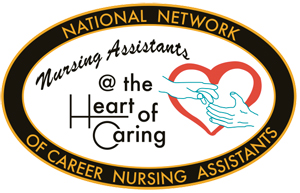

 World Diabetes Day is the world’s largest diabetes awareness campaign reaching a global audience of over 1 billion people in more than 160 countries. The campaign draws attention to issues of paramount importance to the diabetes world and keeps diabetes firmly in the public and political spotlight.
World Diabetes Day is the world’s largest diabetes awareness campaign reaching a global audience of over 1 billion people in more than 160 countries. The campaign draws attention to issues of paramount importance to the diabetes world and keeps diabetes firmly in the public and political spotlight.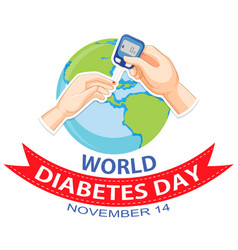
 Pope Francis recently declared September 1 as the World Day of Prayer for the Care of Creation, as the Orthodox Church has done since 1989.
Pope Francis recently declared September 1 as the World Day of Prayer for the Care of Creation, as the Orthodox Church has done since 1989. Children orphaned by AIDS are just a fraction of the problem, as millions more have been made vulnerable. Behind the statistics are millions of stories of human suffering. The AIDS crisis has a catastrophic impact on households and communities – deepening poverty and exacerbating hardships. More than 95 percent of children affected by AIDS, including orphans, continue to live with their extended families. However, these families are increasingly overwhelmed by poverty and struggle to protect and raise the children in their care.
Children orphaned by AIDS are just a fraction of the problem, as millions more have been made vulnerable. Behind the statistics are millions of stories of human suffering. The AIDS crisis has a catastrophic impact on households and communities – deepening poverty and exacerbating hardships. More than 95 percent of children affected by AIDS, including orphans, continue to live with their extended families. However, these families are increasingly overwhelmed by poverty and struggle to protect and raise the children in their care.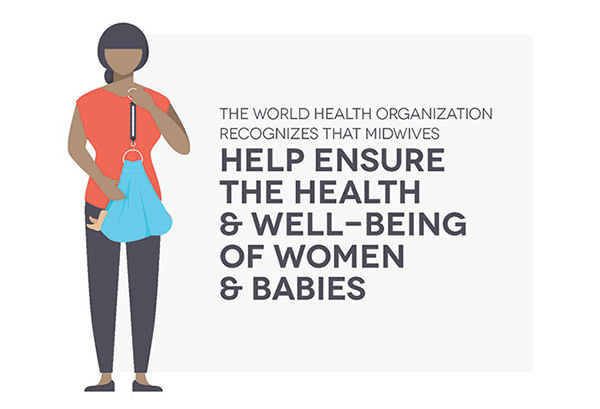 International Midwives’ Day is celebrated on May 05, 2017. International Midwives’ Day was first celebrated May 5, 1991, and has since been observed in over 50 nations around the world. The idea of having a day to recognize and honor midwives came out of the 1987 International Confederation of Midwives conference in the Netherlands.
International Midwives’ Day is celebrated on May 05, 2017. International Midwives’ Day was first celebrated May 5, 1991, and has since been observed in over 50 nations around the world. The idea of having a day to recognize and honor midwives came out of the 1987 International Confederation of Midwives conference in the Netherlands. Millions of people all over the world suffer from Asthma, and if you’ve ever met one who suffers from it then you’re familiar with the pssst psst sound of the inhalers that make a relatively normal day to day life possible for them. World Asthma Day is dedicated to raising awareness about this pernicious disease and seeks to bring awareness and advanced asthma care to sufferers throughout the world.
Millions of people all over the world suffer from Asthma, and if you’ve ever met one who suffers from it then you’re familiar with the pssst psst sound of the inhalers that make a relatively normal day to day life possible for them. World Asthma Day is dedicated to raising awareness about this pernicious disease and seeks to bring awareness and advanced asthma care to sufferers throughout the world.